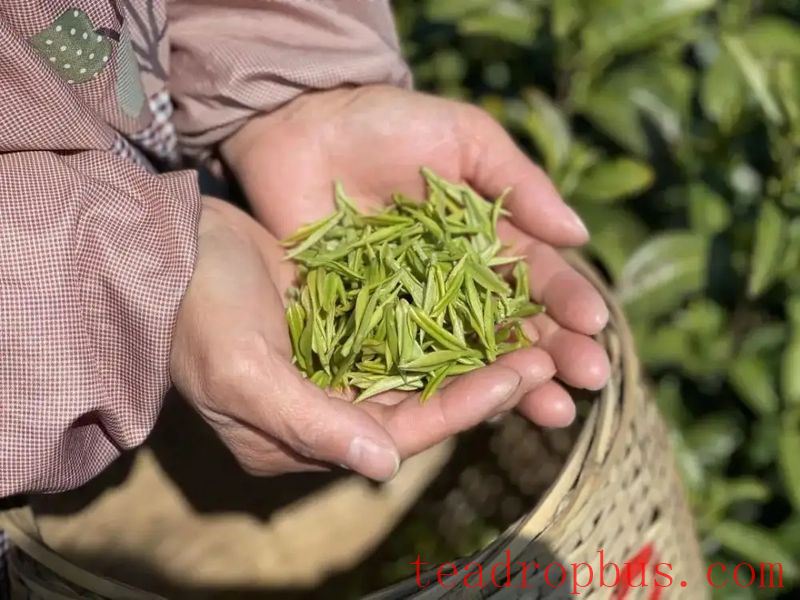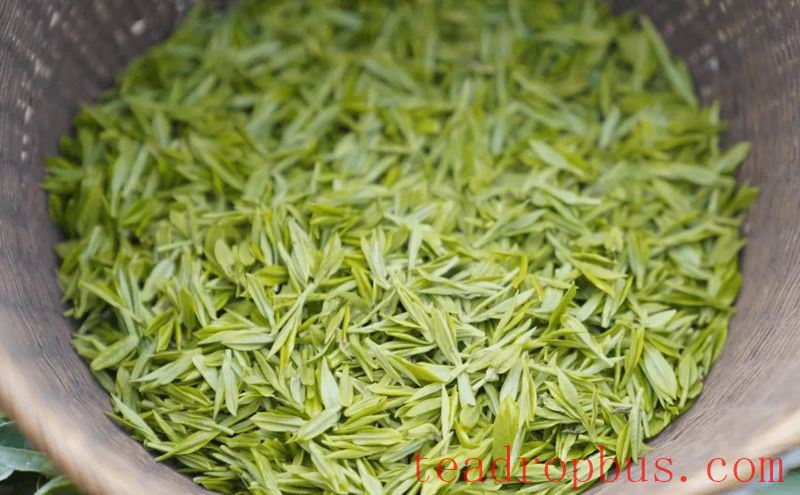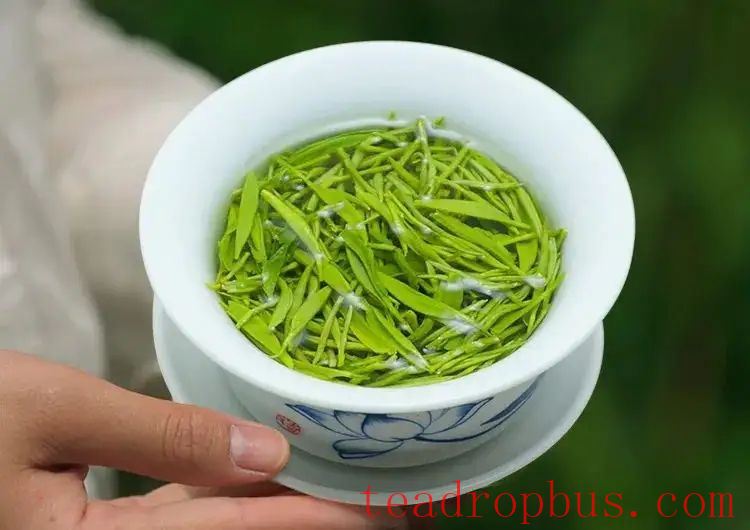The components in Tea include polyphenols, amino acids, alkaloids, sugars, proteins, pectin, aromatic substances, enzymes, organic acids, pigments, vitamins, inorganic compounds, etc. The internal substances in tea leaves are diverse. Generally speaking, fresh tea leaves can be divided into water and dry matter. The organic compounds in the dry matter are relatively complex and numerous.

What Components Are Rich in Tea Leaves?
1. Polyphenols: Polyphenols have a good invigorating effect; Drinking Tea can make one feel more refreshed.
2. Flavonoids: These components have excellent free-radical scavenging, antioxidant, and anti-aging effects.
3. Various minerals, such as zinc, Selenium, iron, manganese, fluoride. These minerals serve as raw materials for many enzymes and coenzymes in the body, playing a significant role in regulating biochemical metabolism, thus enhancing bodily resistance.

The Components and Functions of Tea: Tea contains various vitamins, such as vitamin B1, B2, A, D, C, PP, E, etc.
(1) Contains various minerals: There are many kinds of minerals in tea, including sodium, potassium, iron, copper, phosphorus, fluoride, and 28 others. Most of these elements are essential to the human body.
(2) Purine Alkaloids: Tea contains purine alkaloids such as Caffeine, theobromine, and theophylline. These can stimulate the central nervous system, increase work efficiency, strengthen blood vessel function, and have diuretic and muscle-relaxing effects.

(3) Phenolic Derivatives: They can prevent scurvy, counteract radiation damage, treat migraines, inhibit cancerous changes, and also be used for sterilization, anti-inflammatory purposes, diarrhea relief, hypertension and vascular hardening prevention, and anti-aging.
Tea has a taste that is sweet, bitter, and slightly cold and is a traditional natural health beverage in China. More than 50 chemical components have been discovered in tea, including caffeine, polyphenols, proteins, amino acids, sugars, vitamins, lipids, organic acids, and other organic compounds, as well as 28 inorganic nutrients like potassium, sodium, magnesium, and copper.